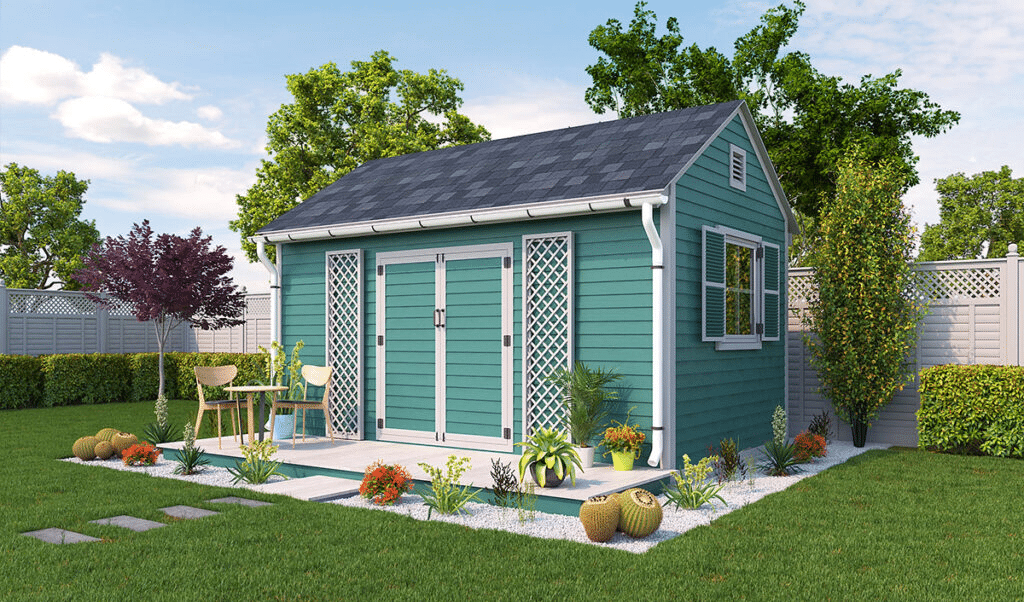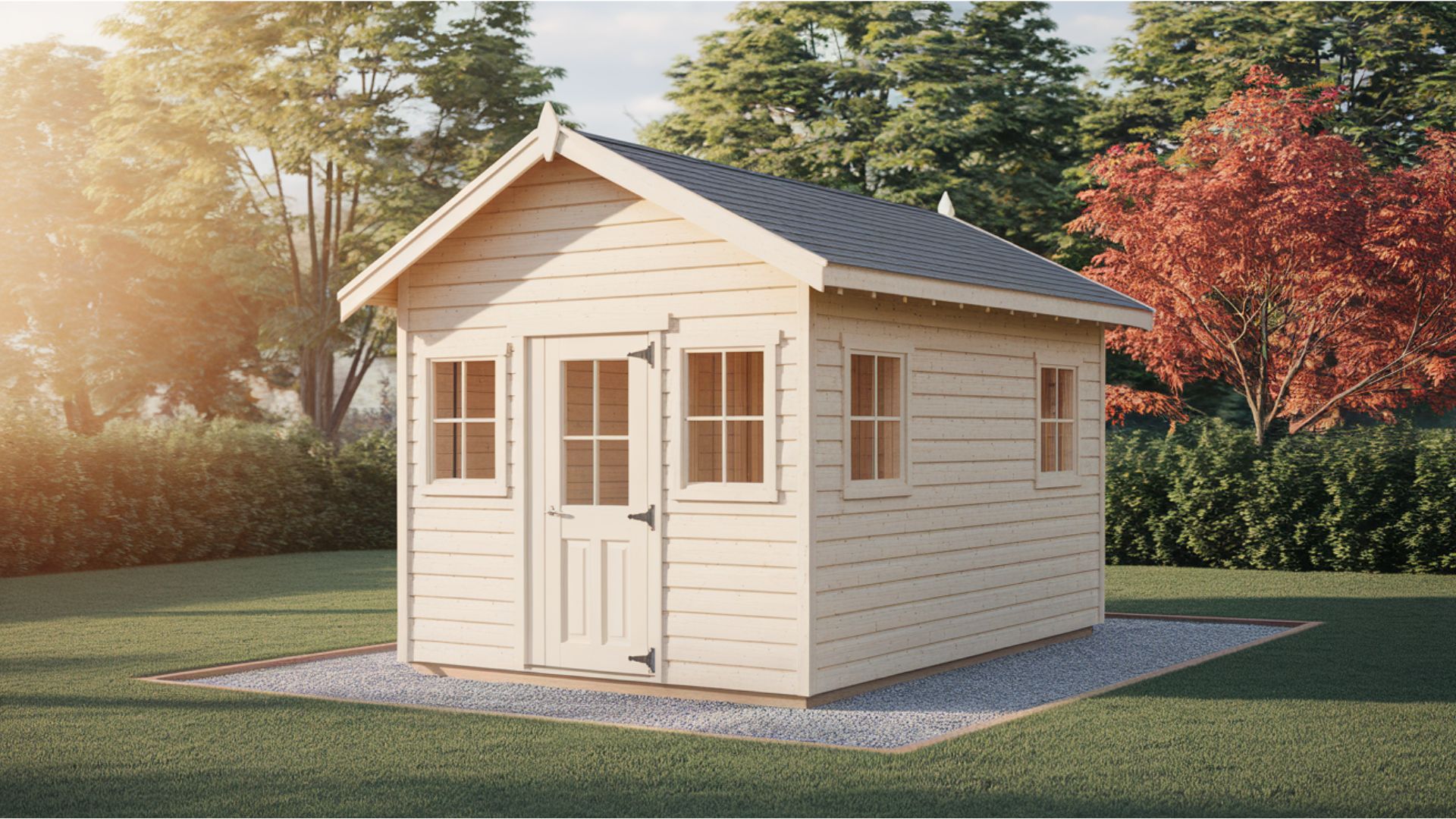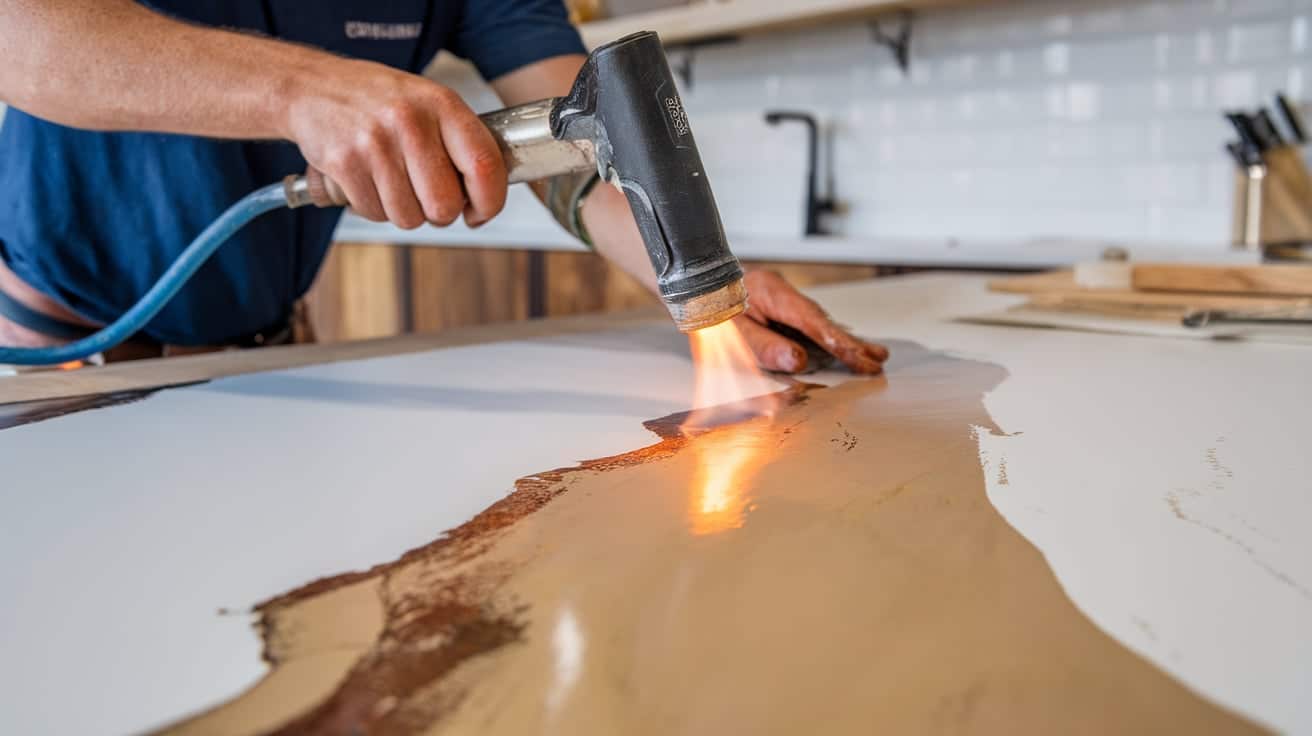Beginner’s Guide to Building Your Own Backyard Structures
Backyard structures are a sure way to transform your outdoor space, add functionality, and boost the value of your home. Structures like a relaxing patio and pergola extend your living space; backyard greenhouses provide fresh veggies year-round, and sheds are a haven for your tools, equipment, and outdoor furniture.
Whatever backyard structure you envision, building it on your own provides a sense of accomplishment. Even better, DIY projects are cost-effective and allow you to customize your backyard structure to your needs and taste.
However, venturing into backyard structures can be daunting. One of the easiest ways to start building your outdoor structures is to get expertly designed plans. These plans are usually built for all skill levels, so you don’t have to worry if you have meager DIY skills. But that’s not all you need to get started. Here are tips for building your own backyard structures.
1. Define What You Want in Your Backyard
An avid gardener wants somewhere to keep their tools, while a social butterfly will prioritize building a spacious patio for holding summer parties.
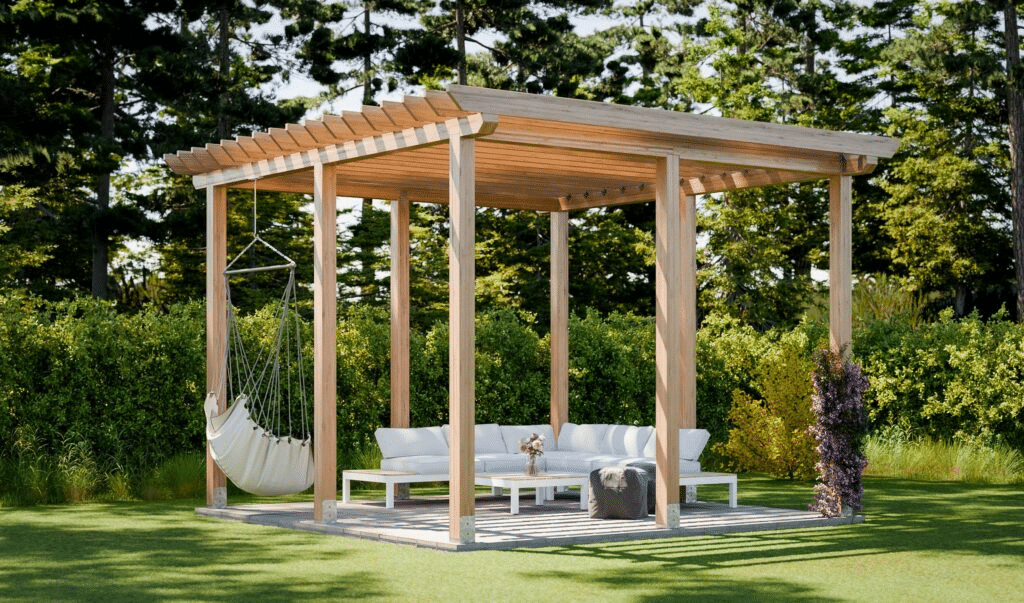
Before grabbing a hammer, envision how you would want your backyard to look. While all outdoor structures add functionality to your backyard, you may consider some structures over others, depending on your dream backyard. For instance, backyard storage sheds are versatile and easily blend with other outdoor structures.
They can be used to hold items, as yoga spaces, or be modified to home offices. Bird lovers will dedicate more space to chicken coops before considering other structures.
Whether you are looking to build a shed, pergola, playhouse, greenhouse, or multiple structures, the good news is that backyard structures come in varied sizes and designs, allowing you to build what is best for your needs.
2. Familiarize with Building Codes and Regulations
Backyard structures often require building permits. Understanding and adhering to state and local regulations ensures your structures are safe while preventing potential prosecutions. Zoning codes may dictate the type and size of structure allowed in your area.
Depending on the structure you are building, there might be defined setbacks. For instance, most municipalities require chicken coop to be 25- 30 feet from the house.
3. Establish a Feasible Budget
With your dream backyard and necessary permits in mind, it is time to deal with the cost of building your preferred backyard. The price will vary depending on the structure you want to build and, of course, its size. You will need to budget for materials, permits and inspections, and even tools and equipment.
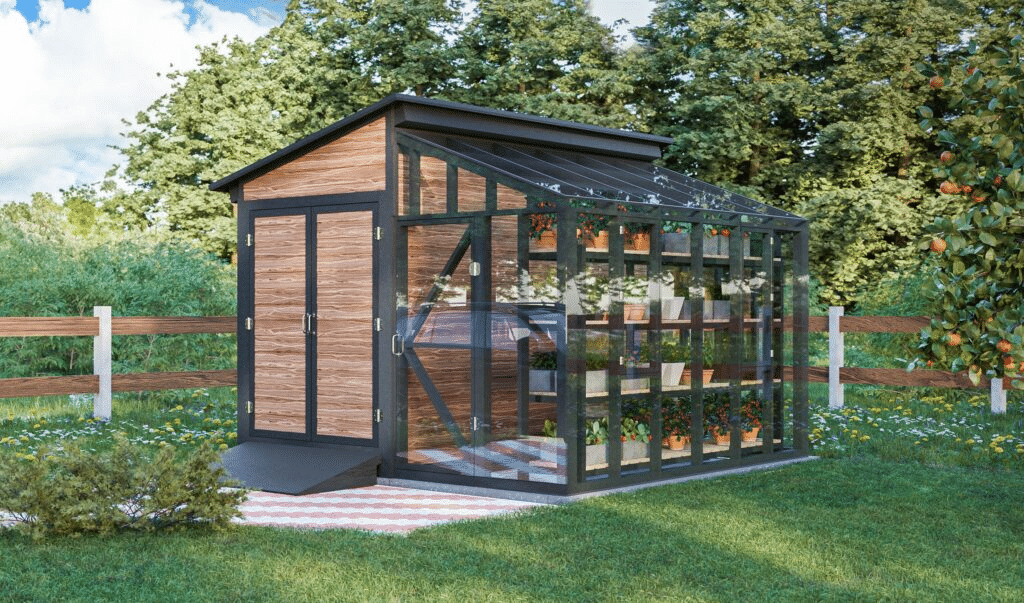
When it comes to budgeting for backyard structures, the good news is that most plans detail everything you need for your project, which eases budgeting.
Even better, most backyard structures can be built using readily available and recycled materials like pallets and remnants from other construction projects. Remember to allocate about 10% of your total budget for unforeseen costs that may arise during the construction.
While most backyard structures are DIY projects, if you are building a structure for which you will need professional assistance, remember to budget for that as well.
4. Obtain Permits and Gather Your Tools and Materials
This is the nitty-gritty part of building your backyard sanctuary. Depending on your project, apply for necessary permits on time, as building without permits can have serious consequences. Keep in mind that permit fees can vary significantly by location and project.
Guide by your project plan, buy all necessary materials and any tools you may not have. Project plans usually include materials with precise measurements and pieces of hardware needed. Quality can affect the prices, so be keen to stay within your budget.
You can always shop around for the best deal. Remember to include protective gear like gloves, glasses, and masks in your purchases. If you have a small budget, you can save on the overall cost by renting tools and equipment, especially one-time-use items.
5. Build
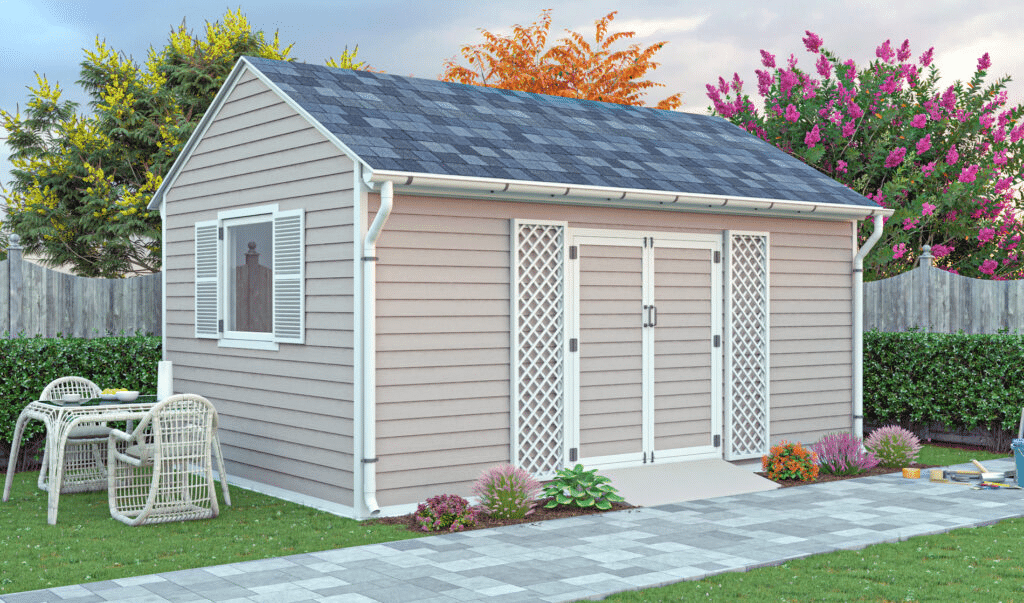
Once everything is ready, break the ground and get started. Depending on your DIY skills, you may find most of the things manageable to do. However, never underestimate the power of consultation. While your project plans will likely contain step-by-step instructions, you can seek guidance from professionals or seasoned DIYers when necessary.
Conclusion
Your backyard is an extension of your living space, and enhancing its functionality with your preferred structure is a rewarding experience. Building by yourself is a great way to hone your DIY skills. With proper planning and a well-designed project plan, you can create a functional and attractive addition to your yard.
Whether you are building a storage shed for your tools and other essentials, a coop for your birds, a playhouse for your kids, or a pergola for entertaining your guests, the DIY structure will be a testament to your creativity and effort.

